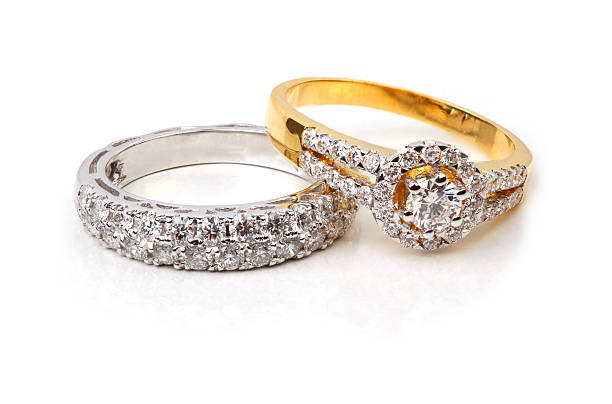Why Amethyst Stones are Special All Entries

February's birthstone is the world's most sought purple gem, the amethyst stone. It comes from quartz, a crystalline mineral made of silicon dioxide. Within the world of amethyst stones is a wide variety of jewelry choices, such as amethyst crystals, tumbled stones, and purple beads. Here's a look at what makes semiprecious amethyst stones so special.
What Makes Amethyst Stones Beautiful
The purple, violet, and lavender hues of amethyst stones make up a big part of their identity and appeal. Some of the stones have red and/or blue hues mixed in. The purple color of these gems is a result of natural irradiation and iron impurities. Color may also be affected by trace elements of metals.
The glassy luster is also central to the stone's beauty, as many have a transparent or translucent effect. Transparent stones are clear and allow light to pass through them while translucent stones have a more cloudy appearance, allowing only partial light to pass through. The gems can also be opaque, in which light cannot pass through the stone.
Amethyst Qualities
Another attraction to amethyst stones is their hardness, rated at 7 on the Mohs scale. The material is durable, but it's also brittle and can be chipped or scratched when struck on a hard surface. So like all gems, it needs proper care in order to retain its shine and luster for many years.
Much of the jewelry marketed as citrine comes from heating amethyst, which turns the color to yellow or green. But, green quartz gems aren't considered by gemologists to be amethyst stones. They are referred to as prasiolite, vermarine, or lime citrine.
The shape of the natural quartz crystal is usually in the form of a 6-sided prism, which creates color-zoning effects. Different color intensities can be visible in different segments of the crystal. The stones are used for any type of jewelry setting and are popular as decorative objects to enhance room ambiance.
The highest quality amethyst stones originate in Siberia, Sri Lanka, Brazil, Uruguay and Asia. The term "Siberian amethyst" is now a jewelry industry trade term that refers to colors rather than place of origin. Those high-value colors are found in Siberia.
The gem is also found in parts of North America, particularly the Canadian provinces of Ontario and Nova Scotia. In the United States, Arizona amethyst is produced from the Four Peaks mine in Maricopa County. The stones are noted for their reddish-purple color.
According to the International Gem Society (IGS), the value of amethyst mainly comes down to color. Since amethyst stones are so abundant in nature, they are typically affordable, so there is less need for synthethic versions. Even large natural stones are readily available on the market. But some gem labs produce synthetic or treated amethyst jewelry.
Mystique of Healing Powers
For thousands of years, people around the world have embraced these purple, violet, and lavender gems as healing devices. While there's no scientific evidence to back the notion that these stones have healing properties, it's part of the amethyst's mystique.
As a chakra stone in the new age community, amethyst associates with the crown, the center of brain activity where consciousness and enlightenment exist. The crown is the most spiritual chakra and called the "bridge to the cosmos."
Conclusion
Amethyst is widely popular due to its purple beauty and hypnotic visual delight. Contact us at Ralph Mueller & Associates for more information on how to find stunning amethyst stones or to authenticate yours.